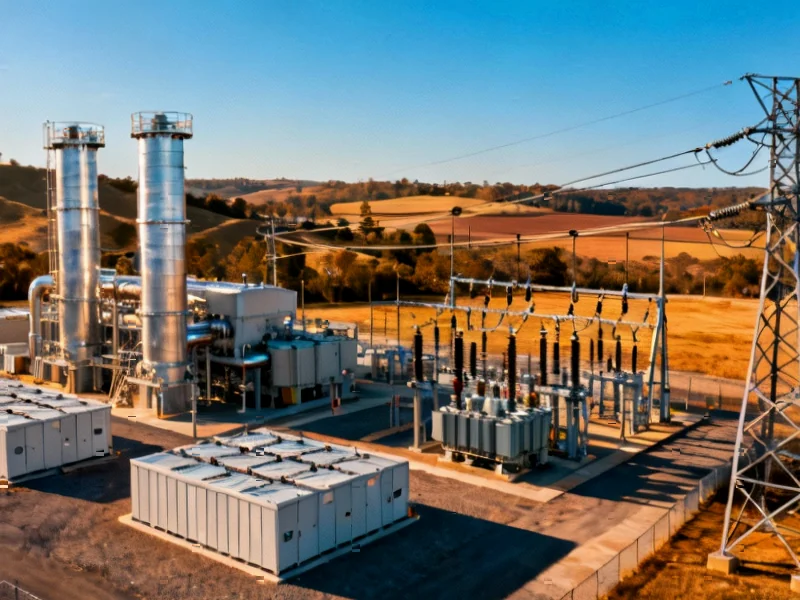Leading convenience store executives reveal electric vehicle charging stations are failing to deliver expected returns. Despite initial enthusiasm, companies report declining usage and profitability concerns across their charging networks. Industry leaders are reconsidering expansion plans as consumer adoption patterns shift.
EV Charging Investments Struggle to Deliver Returns
Convenience store operators who invested in electric vehicle charging infrastructure are reportedly facing challenging returns, with multiple industry leaders indicating the business case has not materialized as expected. According to recent industry discussions, companies that installed chargers at hundreds of locations are seeing disappointing usage patterns and profitability metrics.









